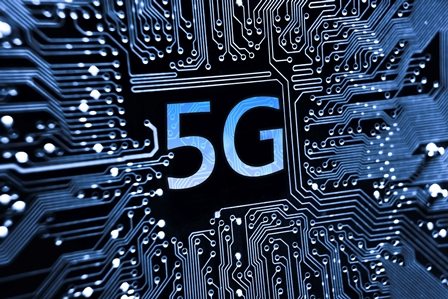Samsung VP stresses the role of decentralized network architecture for 5G networks.
WASHINGTON – Mobile “5G” will require mastery of millimeter wave spectrum, which brings ultra-high capacity, but with challenging propagation characteristics. This factor has set the stage for early 5G deployments, including from at least two major U.S. operators, to likely come as fixed wireless access.
This is important as current consumer and enterprise demand is for a fiber-like experience, but running fiber to homes and premises has proven to be incredibly costly and time consuming. Fixed 5G could deliver the same end-user experience, while solving for the last mile problem associated with fiber.
As Samsung VP Wonil Roh predicted at IEEE GlobeCom 2016, “I would say fixed wireless access utilizing millimeter wave might be the first 5G use case. We’re thinking about putting our base station on the street lamp … then providing multigigabit per second connection to the home,” which he said will require 5G compatible consumer premise equipment to relay the signal.
Verizon Communications and AT&T are both involved in the development of 5G fixed wireless access, which could potentially be commercialized ahead of an actual 5G standard emerging from the Third Generation Partnership Project, which is tracking for 2019, a timeline Roh called “very challenging.”
“Because of this extremely challenging schedule, all this innovation and technologies that I hope from the very beginning to be a part of 5G, the window is getting smaller and smaller,” Roh said. “We’ll do our best for the interests of the industry and our customers.”
Roh also discussed how 5G will require a decentralized approach to network architecture, with an emphasis on using common hardware at the edge, closer to the end-user.
“This trend is already happening,” he said. “We have more and more edge data centers compared to the central data centers.”
Samsung, Roh said, is well-positioned to support 5G efforts as, in addition to network equipment, the South Korean firm also produces devices, creating an end-to-end ecosystem.
In terms of the migration from LTE to 5G, Roh said his preference is to start with standalone 5G so as to not impact existing LTE networks. “If we have 5G standalone from the very beginning, we can have very flexible deployments,” Roh said. “There are pros and cons, but I still believe even from most operators’ perspectives, starting off with the 5G standalone mode will be a benefit.”

